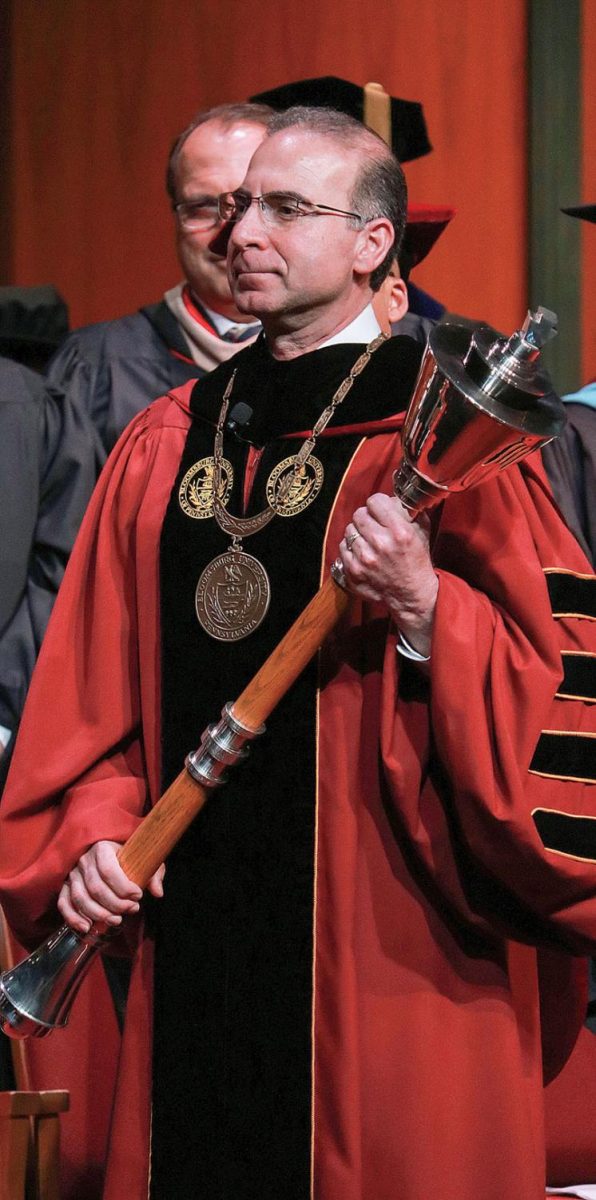The year is 1981. Tennis superstar and notorious “bad boy” John McEnroe is serving against fellow American Tom Gullikson in his first round match at Wimbledon. He hits what he believes to be a perfect serve down the center of the court, until the ball is called out by an official.
Immediately storming to the umpire’s chair, McEnroe launches into a tirade questioning the call, coining his classic “You cannot be serious!” as he berates the umpire.
McEnroe goes on to win the match and later defeats his greatest rival Bjorn Borg in the Men’s Final, breaking Borg’s five-year Wimbledon winning streak. A week later, Sports Illustrated releases an issue with McEnroe on the cover, featuring a majestic action shot of him mid-volley. The title? “So Bad, So Good.”
Fast-forward over 30 years later to the 2018 U.S. Open Women’s Final. Serena Williams is facing off against Naomi Osaka and loses her first set 6-2. Early in the second, the umpire hands out a code violation to Williams for a hand gesture from her coach that appeared to be coaching.
A confused Williams approaches the chair, appalled at the question of her character. A few games later, a frustrated Williams throws her racket down on the surface of the court, earning a second code violation and loss of a point. Upon realizing this, Williams tells the umpire he’s “a thief,” leading to a third violation and loss of a game.
Williams goes on to lose the match 6-2, 6-4. A few days later, the cover of the Herald Sun features a controversial cartoon depicting Williams as a child throwing a temper tantrum, which many are deeming as racist due to the exaggerated features drawn in the portrayal of Williams and the depiction of Osaka, who is of Japanese and Haitian descent, as a blonde white woman.
This controversial issue has boiled down to two sides. There are those who believe that Williams was simply being a bad sport and couldn’t handle losing her match, while others believe that she’s justified in pointing out a double-standard between the men and women’s sides of the sport. We at The Voice know that there is evidence to support both sides.
On one hand, it is accurate to say that men are actually given more code violations than women. At the U.S. Open this year alone, male players were given nearly four times as many code violations as female players. Another factor those “debunking” the argument of sexism cite is the nature of the match itself. How could the umpire possibly be sexist, some would say, if Williams was playing against another woman?
On the other hand, there is also evidence to support the double-standard Williams believes is there. Earlier on in the week of the same tournament, controversial player Nick Kyrgios received a mid-match “pep talk” (as opposed to being reprimanded) during his second round match from an umpire who noticed he was showing no effort or desire to play.
Kyrgios went on to win the match, and the umpire received a lenient two game suspention without pay for his actions. Even John McEnroe, whom many individuals loved following in his prime due to his behavioral antics, defended Williams on ESPN saying “I’ve said far worse… She’s right about the guys being held to a different standard, there’s no question.”
Despite the fierce debate happening around this issue, it’s important to remember the innocent party in all of it: Naomi Osaka. Osaka, who grew up watching Williams play in the U.S. Open, has now gone on not only to defeat her idol on one of the biggest stages in the sport, but has also become both the first Japanese and first Haitian player to ever win a major title, woman or man.
After winning the monumental match, Osaka was met with a mixed crowd reaction. Many members of the pro-Serena crowd began to boo in response to the calls of the umpire.
These continued into the final ceremony, and only stopped after Williams urged the crowd to let Osaka enjoy her moment; what should have been a celebration of history being made turned into somber event surrounded in controversy.
Debate over this issue will undoubtedly continue far into the future as tennis officials reexamine the rules of the sport. One thing, however, is clear: both of these talented women have made history for the game of tennis, each in their own way.

















